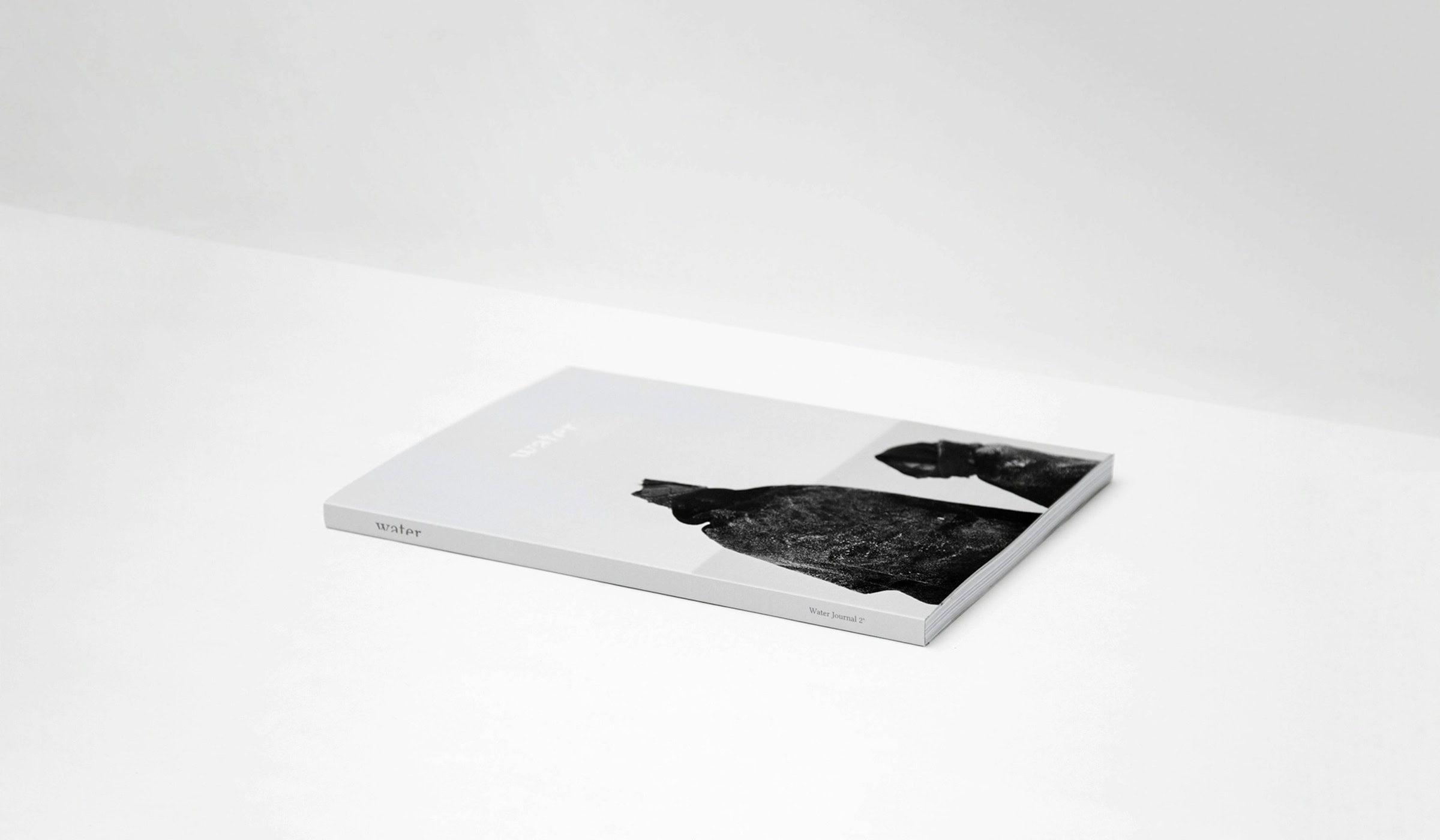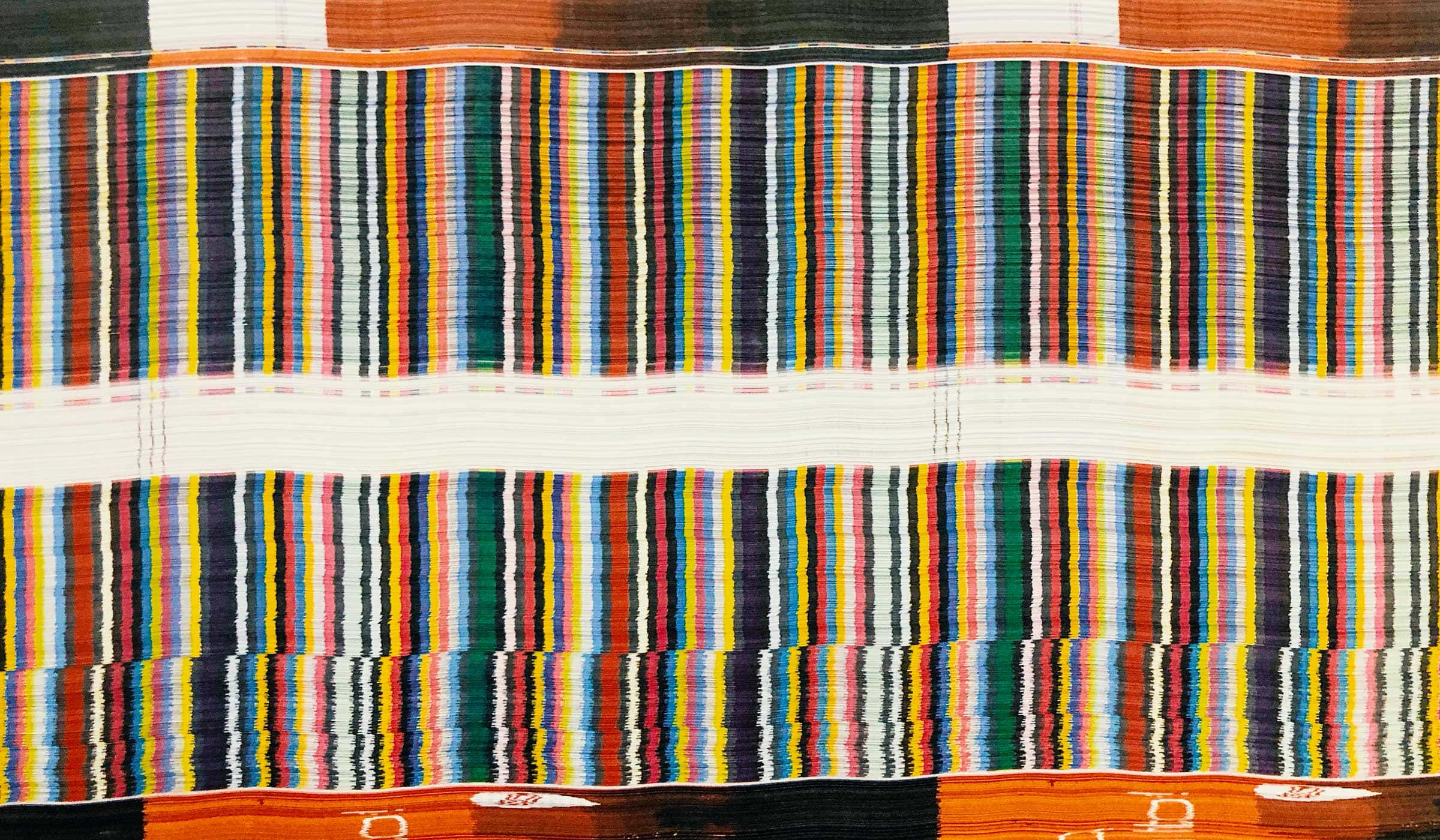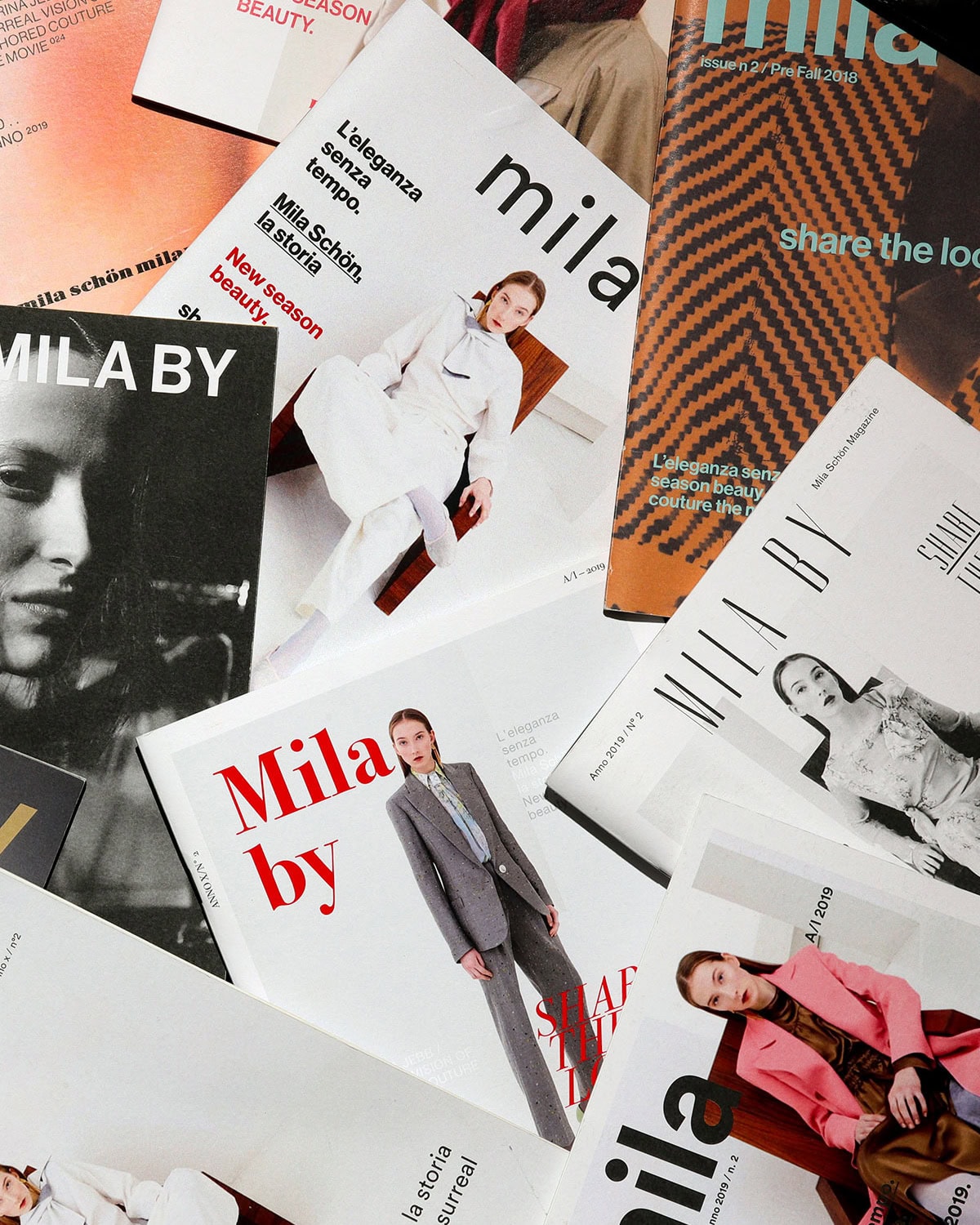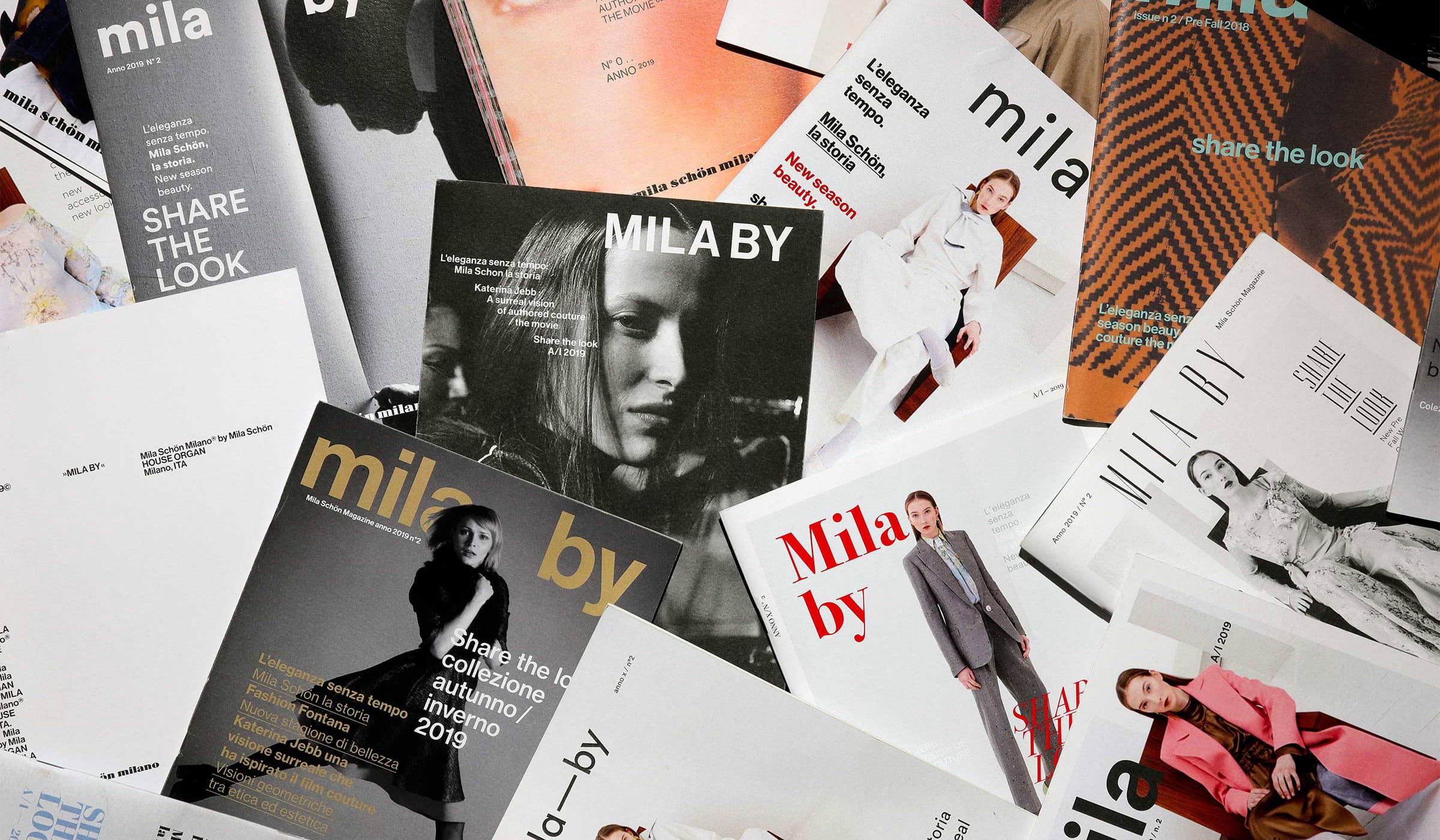BACHELOR’S DEGREE IN GRAPHIC DESIGN



Every day, graphic designers face a variety of techniques, languages, and challenges: from traditional graphic design to new digital frontiers, as well as tools for communication and marketing. The Graphic Design program aims to train well-rounded professionals, combining a deep understanding of design culture with the ability to meet the demands of the business world. By blending original creativity with multidisciplinary skills, the course prepares students to excel in diverse professional contexts.



The Bachelor’s Degree Program in Graphic Design offers comprehensive and highly specialized training aimed at preparing students to leverage the potential of visual communication to support business growth and market success. This academic path is designed to provide an in-depth understanding of the methodologies and design skills inherent to graphic design, both in traditional and digital contexts. Through a practical, hands-on approach, students have the opportunity to experiment with and master the most advanced techniques and tools commonly used in the fields of communication, publishing, and advertising. This ensures they are fully equipped to meet the evolving demands of the creative and business industries.



Requirements
Admission to the Bachelor’s Degree Program in Graphic Design requires a high school diploma or an equivalent qualification obtained abroad and recognized as valid. Students who have earned an Artistic High School Diploma (Maturità Artistica), an Applied Arts High School Diploma (Maturità d’Arte Applicata), a license from an Institute of Art, an Experimental Artistic High School Diploma, or a Technical or Professional Diploma in Graphics and Communication are eligible for direct admission.
For students holding a high school diploma in a non-artistic or unrelated field, or an equivalent qualification obtained abroad, admission is contingent upon passing an entrance exam. This exam consists of a motivational interview and an evaluation of the basic knowledge necessary to successfully complete the program. The assessment of basic knowledge can be conducted through a technical test, either in-person or online, or by reviewing and discussing a portfolio.
The program integrates theoretical knowledge with practical application. Students gain a strong conceptual and historical understanding of graphic design through lectures, Simultaneously, workshops provide a space to apply these principles, acquiring skills in drawing, illustration, and advanced digital technologies. This balanced methodology ensures that graduates emerge with a robust and adaptable mastery of graphic design, capable of addressing diverse challenges.
One of the program’s standout features is its focus on real-world relevance, thanks to our professors, who are professionals with academic and industry expertise. The curriculum emphasizes practical experiences through internships, made possible by ABAUD’s extensive network of over 200 partnerships with leading agencies and companies, giving students the opportunity to apply their academic knowledge in professional settings. Beyond technical skills, they cultivate crucial soft skills such as teamwork, problem-solving, and effective time management to be prepared to handle complex projects effectively. By working individually and in teams, students develop interpersonal skills crucial for success in the visual communication field.

Upon completing the program, students receive a Bachelor’s Degree in Graphic Design, which opens numerous doors in the professional world. Career opportunities for graduates range from collaborations with professional graphic design studios to positions in the graphic departments of editorial offices, publishing houses, and advertising agencies.
The versatility of the skills acquired allows graduates to adapt to a wide variety of work environments, both in the private sector and in nonprofit organizations.
The ability to design a coordinated image and communicate in a clear and impactful manner makes graduates particularly sought after in a market that increasingly values visual communication as a tool for enhancing brand identity and reaching the target audience.
Serena Selva
Adrian Zanardo-Ley
Alessandro Vascotto
Carlo Rossolini
Cristian Malisan
Daniele Balcon
Davide Bon
Davide Marchionni
Diego Ersetig
Elisa Furlan
Ernesto Zanotti
Fabio Rodaro
Francesco Ciaponi
Giordano Zennaro
Giorgio Cedolin
Giovanni Tirelli
Ivan Crico
Laura Morandini
Linda Zanolla
Lorenzo Toso
Luca Mattiussi
Marta Lorenza Naddeo
Martina Lepore
Mary Marson
Masha Fedele
Paolo Omero
Paolo Puntin
Ramon Pez
Roberto Duse
Silvia Iesse
Susanna Rumiz
Tomas “Uolli” Marcuzzi

